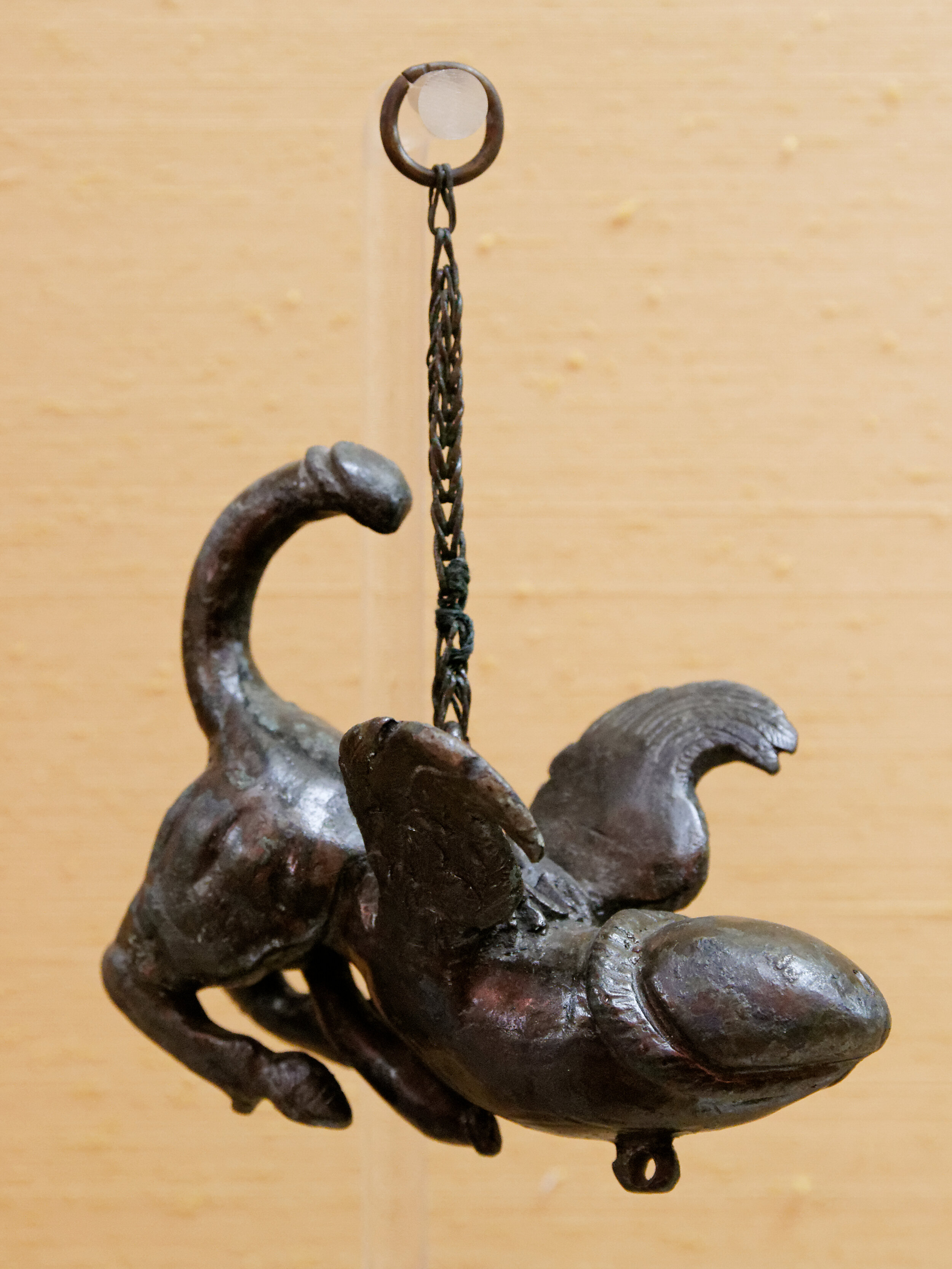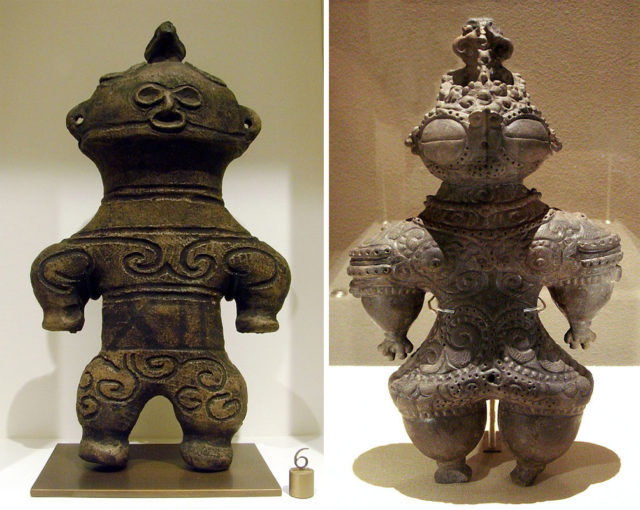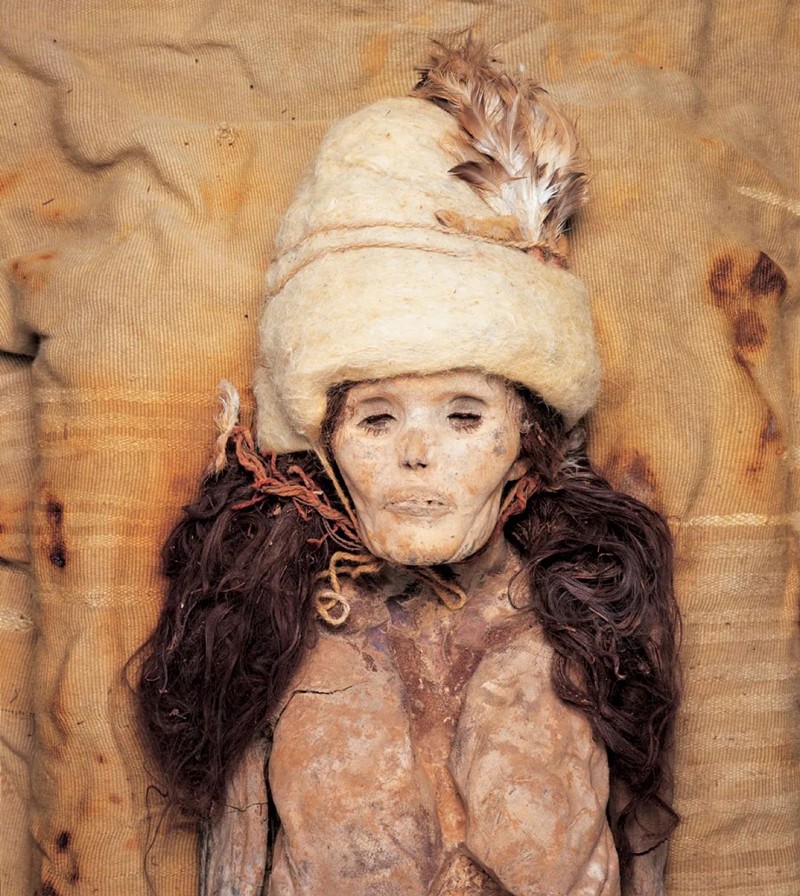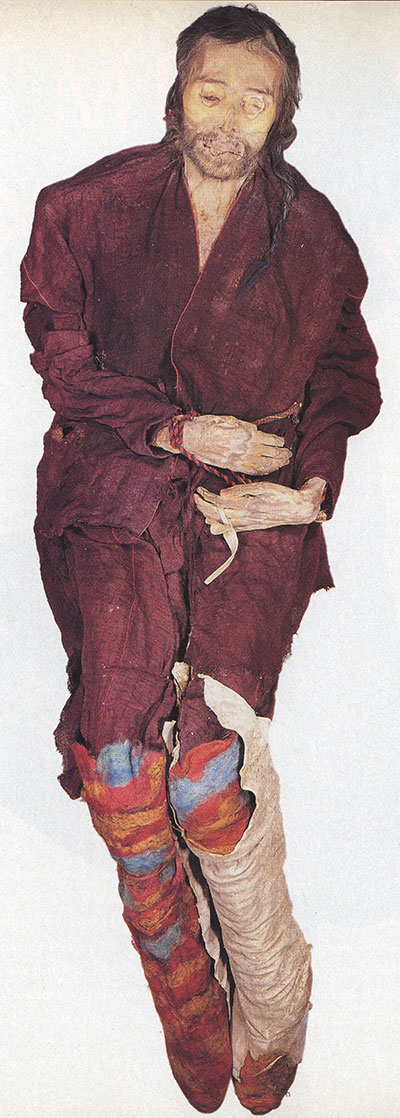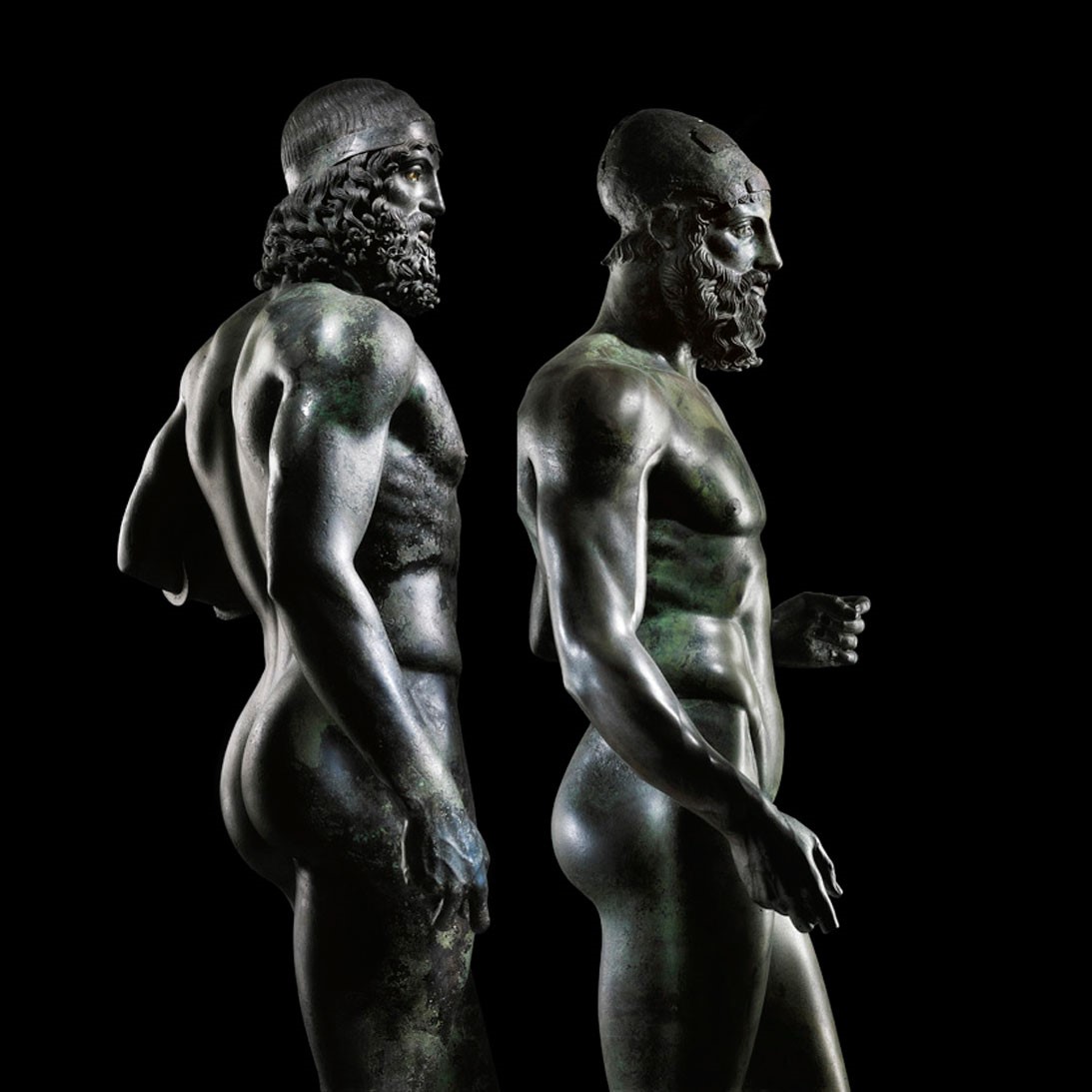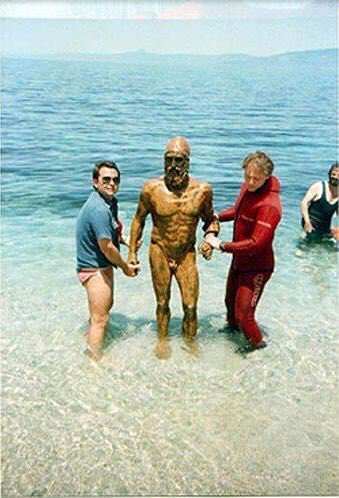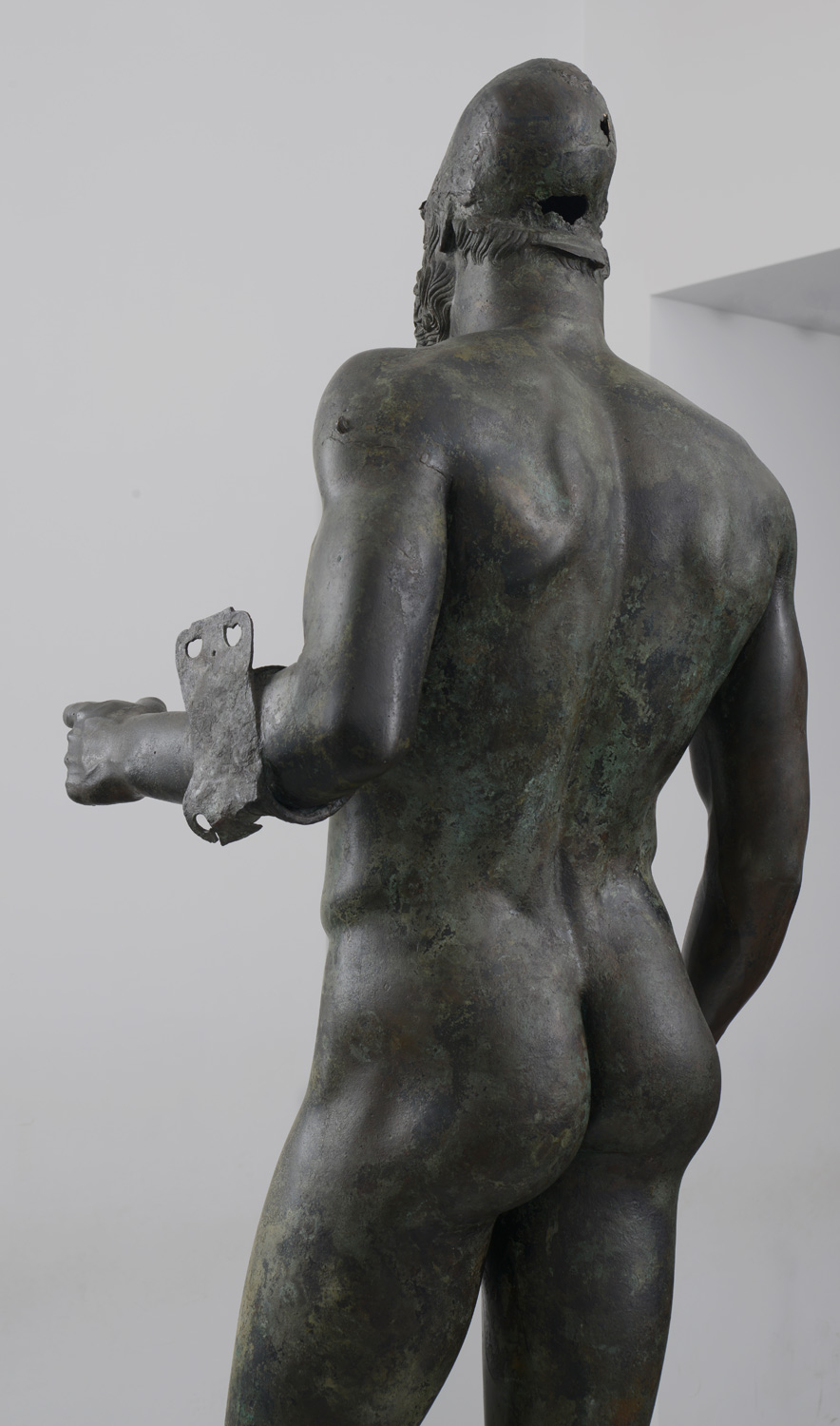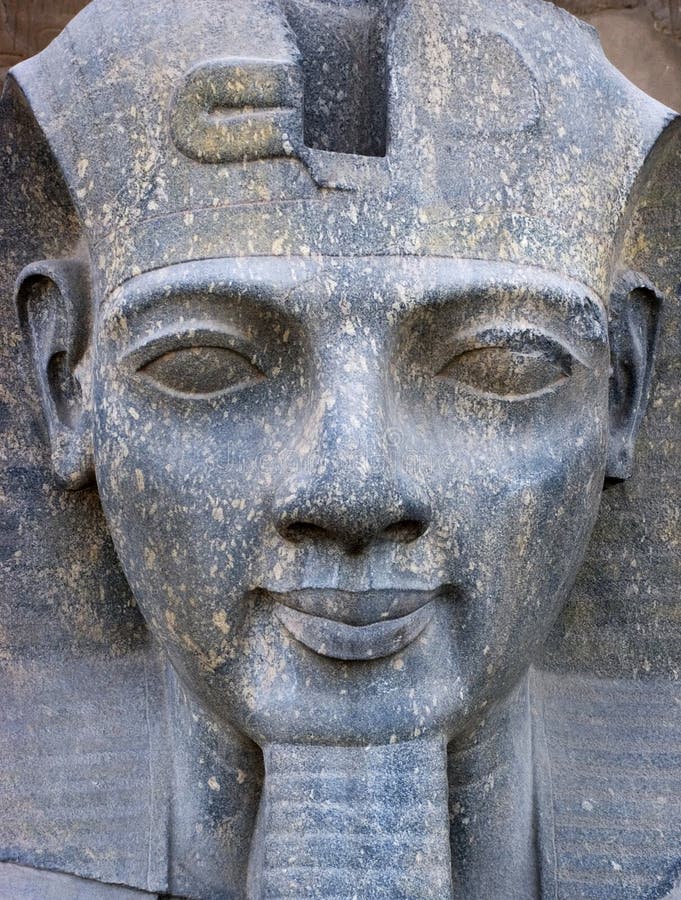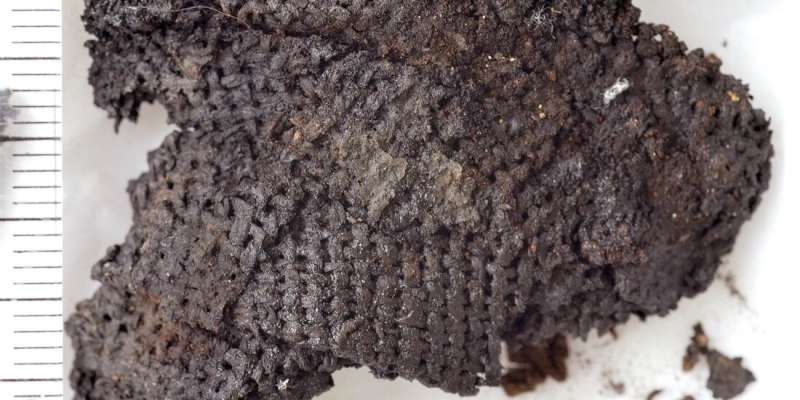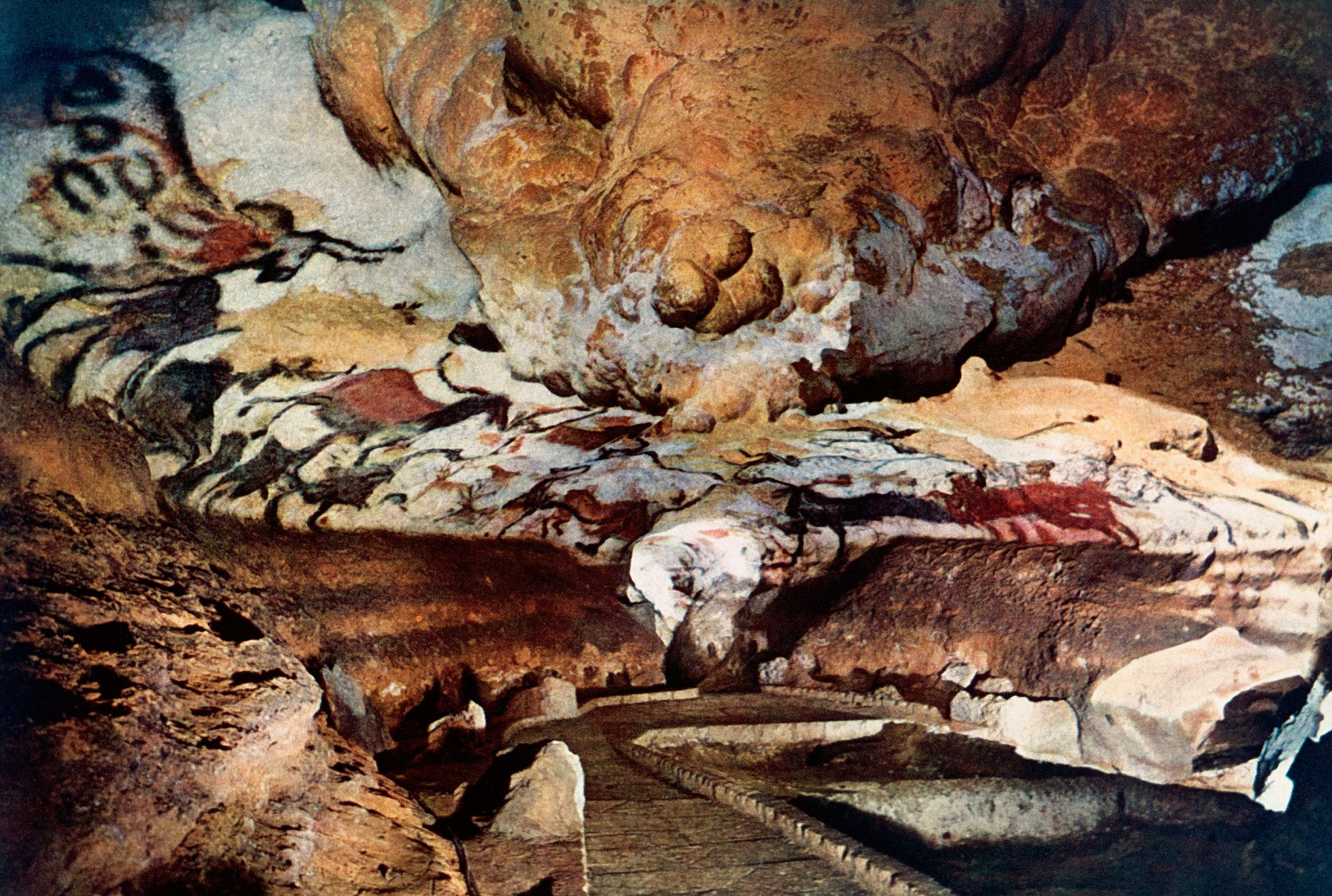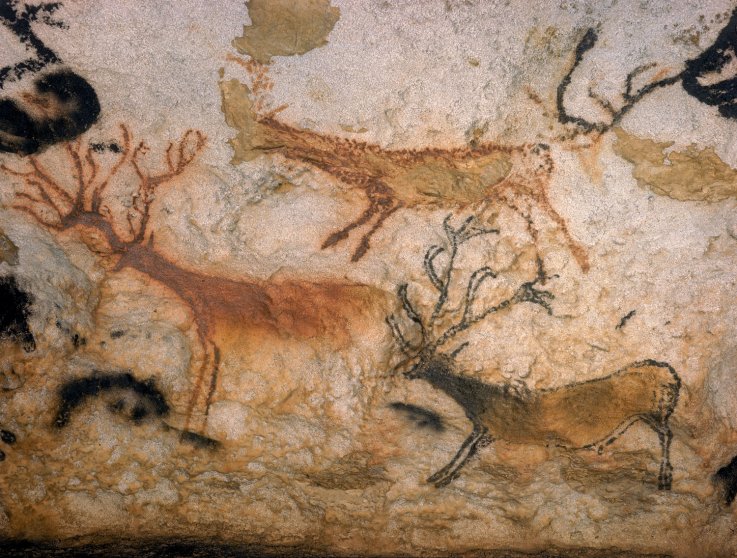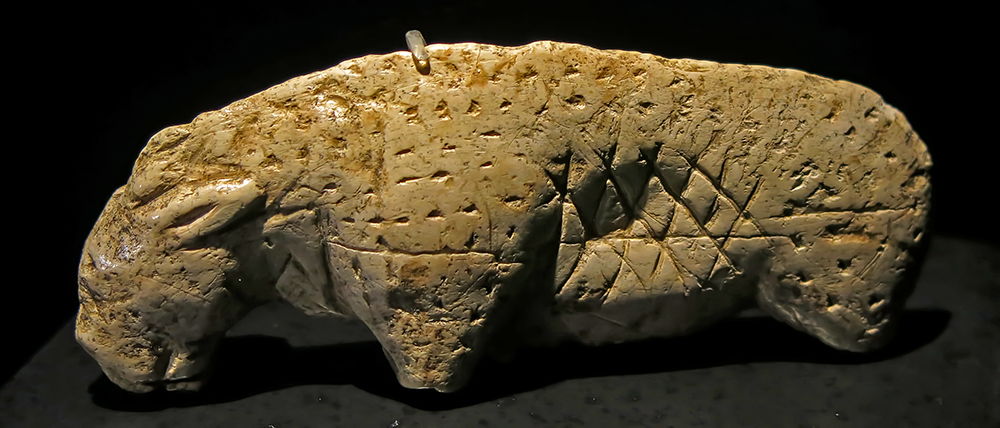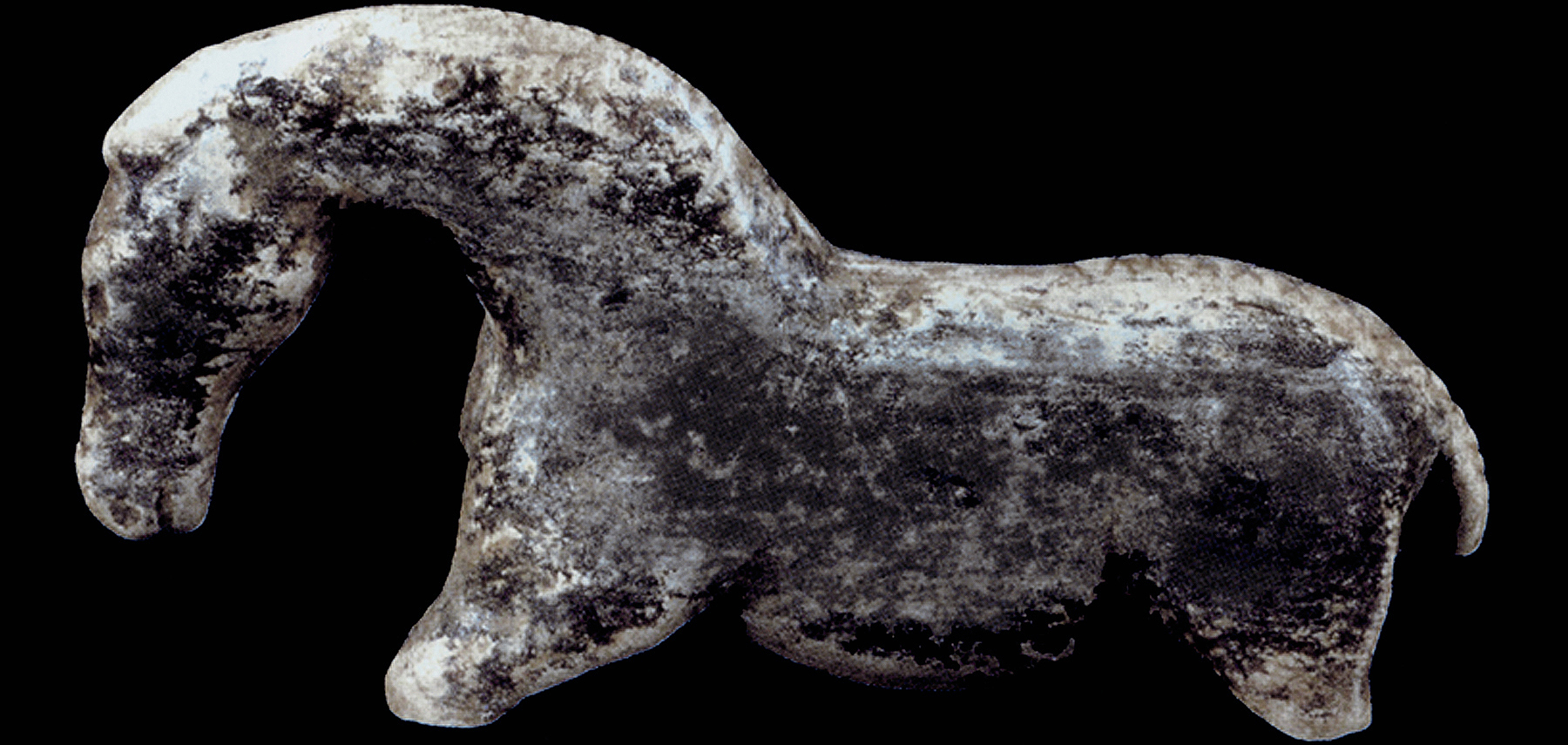A few little things I have spied over past days.
The Golden Shoes of Hochdorf. From the burial of a Celtic chieftain. Baden-Wurttemberg. 530 BC
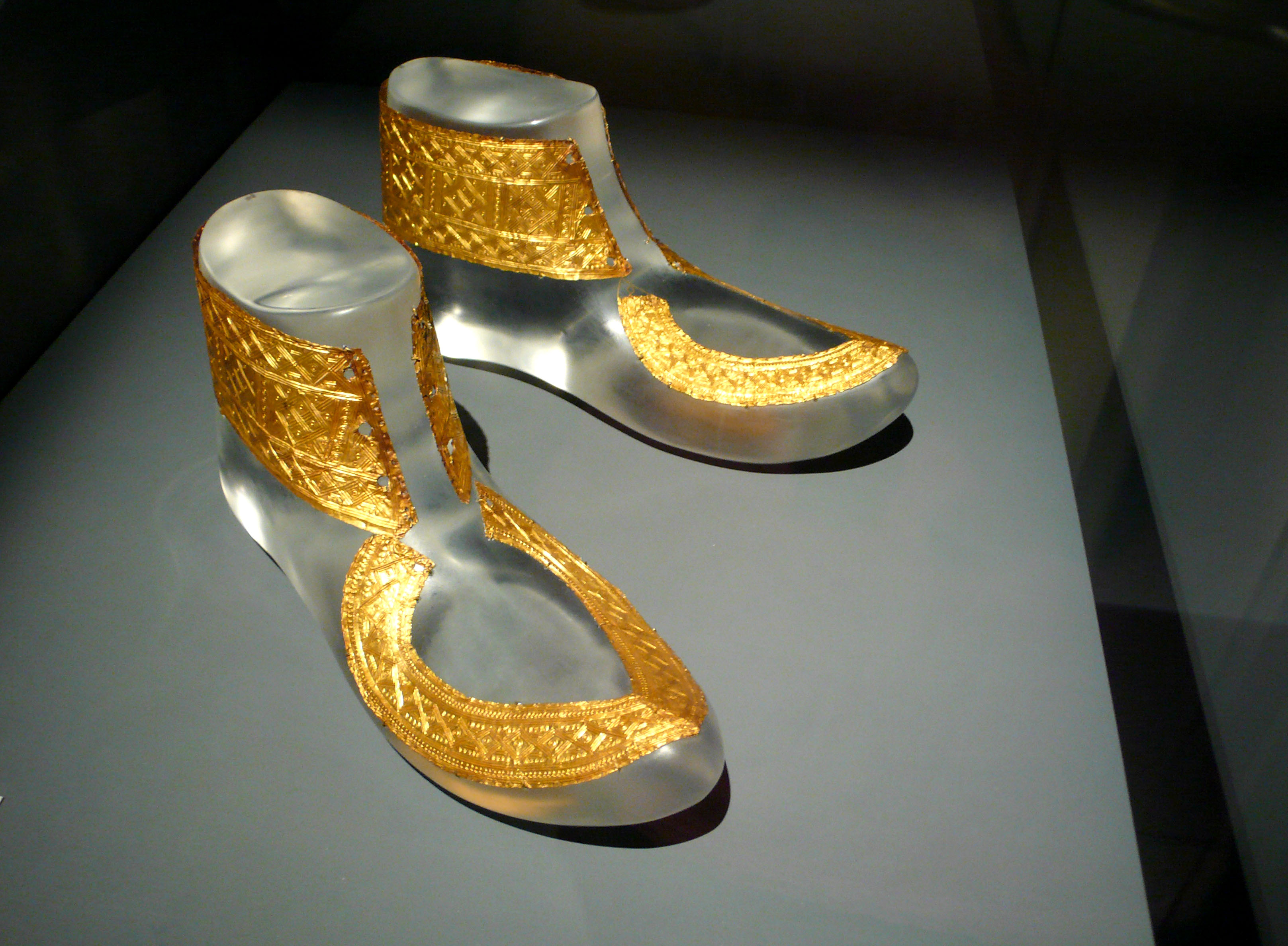
This piece describes the large burial mound and what it contained -
https://www.thevintagenews.com/2016/12/ ... chieftain/
This little clip from BBC shows his bronze burial couch and the enormous cauldron buried with him, which would have contained 500 litres of mead.
https://www.bbc.co.uk/programmes/p033wfcj
Another thing I saw was this Scythian carpet - The Pazyryk Rug
The Pazyryk rug is one of the oldest carpets in the world, dating around the 4th–3rd centuries BC. It is now in the Hermitage Museum in St. Petersburg, Russia. The Pazyryk rug was found in 1949 in the grave of a Scythian nobleman in the Bolshoy Ulagan dry valley of the Altai Mountains in Kazakhstan. The Pazyrk rug had been frozen in the ice and it was very well preserved. The rug has a ribbon pattern in the middle, and a border which has deer, and warriors riding on horses. All parts of the rug are made of wool, including the pile and the base.
(Wiki)
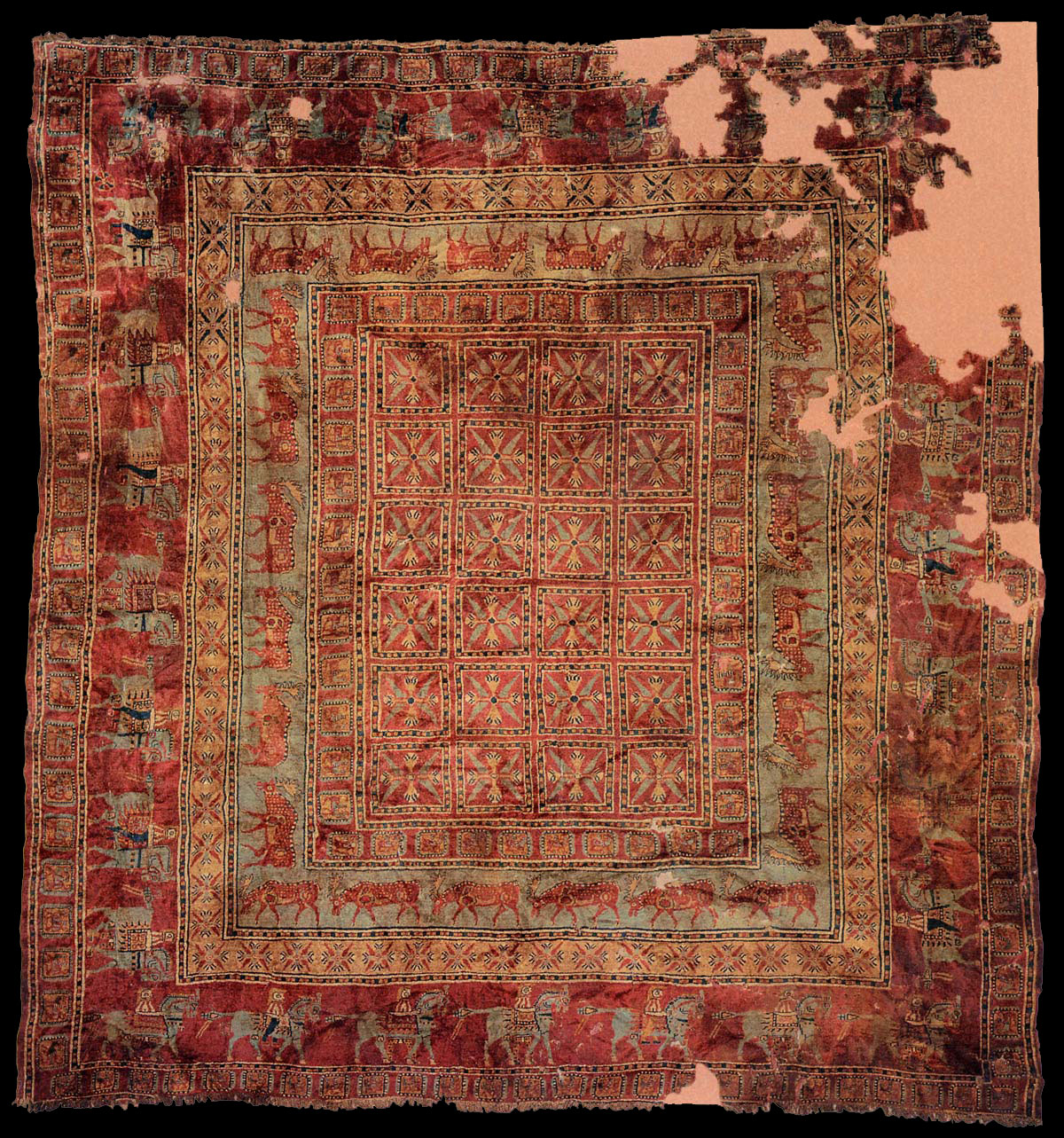
How amazing it is, really.

Every time I hear the word Scythian it makes me feel nostalgic for some great mythic time, tall warriors roaming around on horseback, being very odd and wild. I am sure they were fairly barbaric and I would not have liked to see them coming over the hills in reality, but my goodness they made beautiful things.
Which reminds me of the so called Ice Maiden of Siberia/Altai Princess, a Scythian lady with tattoos..
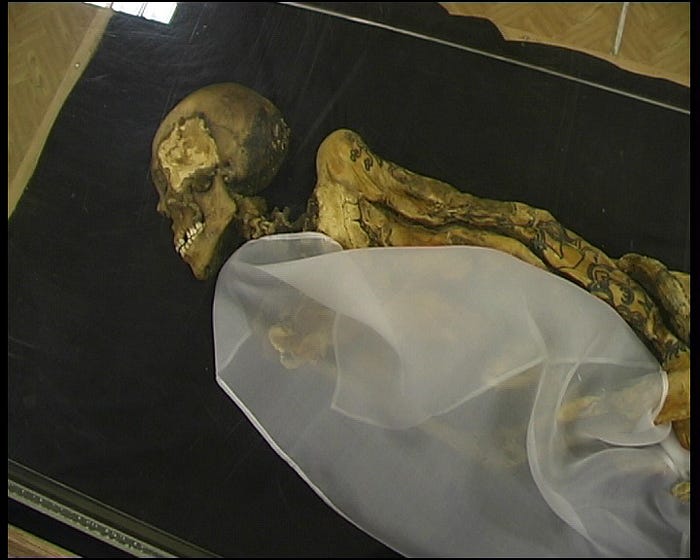
She died of breast cancer, most likely. According to the MRI scans, Dr. Andrey Letyagin believes she developed breast cancer in her early twenties. The asymmetry in the MR signals from the scan, according to Dr Letyagin, shows she had a tumor in her right breast.
The disease’s excruciating pain worsened over time, weakening her. It is possible that she fell off a horse, fracturing her bones not long before her death.
She was in a lot of pain and relied on cannabis to help her. The presence of cannabis in her grave is proof of this. High-ranking members of Eurasian nomadic civilizations widely used cannabis.
The Ice Maiden’s skin remained intact, embalmed with herbs, grasses, and wool, according to Dr. Polosmak’s team. The horses were sacrificed and buried alongside the princess. They dressed her in a silk top and a striped woolen skirt. As the highest ranking members of nomadic societies wore silk, it is safe to assume she was a princess.
The Ice Maiden had a cosmetics bag on her left hip, showing that she cared about her looks. There were fragments of an eye liner pencil made of vivianite, a type of iron phosphate which gives a blue green color.
They also unearthed a small plate containing coriander seeds, probably used for medicinal purposes.
The archaeologists’ biggest surprise, however, was that the princess was bald! Her hair was a wig consisting of two layers of female hair, and they shaved her head. On the top of the wig, there was a felt spike with fifteen gold foil birds on it.
https://medium.com/teatime-history/the- ... fcacf70dc4
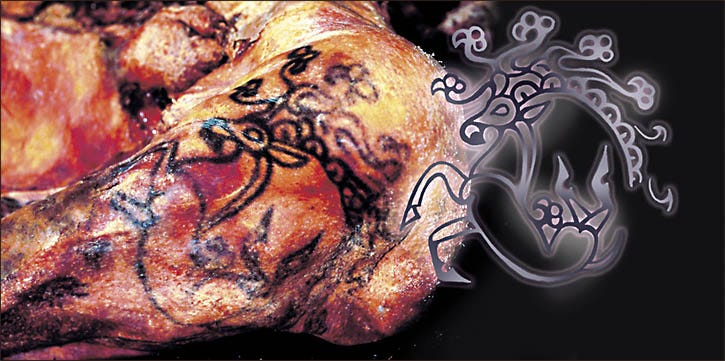
Tattoos, according to Polosmak, are a symbol of beauty. Back then, the goal was to appear as gorgeous as possible. Because the tattoo was visible, she placed it on the shoulder to appear as attractive as possible.
The Ice Maiden had tattoos on both arms and fingers, but the one on her left shoulder was preserved for the best. According to Polosmak, the visible shoulder tattoo resembles a griffin’s beak.
Other tattoos included sheep and a snow leopard.

